Higher Percentage of Part-time Workers in CT Than New York, New Jersey, Lower Than New England
/Connecticut's percentage of part-time workers (22.2 percent) outpaces much of the Northeast, South, Midwest and West, according to the latest Connecticut Economic Digest (CED), produced by the state Department of Labor and Department of Economic and Community Development. In the first examination of part-time employment in more than a decade, the publication noted that part-time employment in Connecticut numbered 383,000 - 69.5 percent of which (266,000) was women. This statewide share is among the highest in the country, which had a 50-state average of 64 percent.
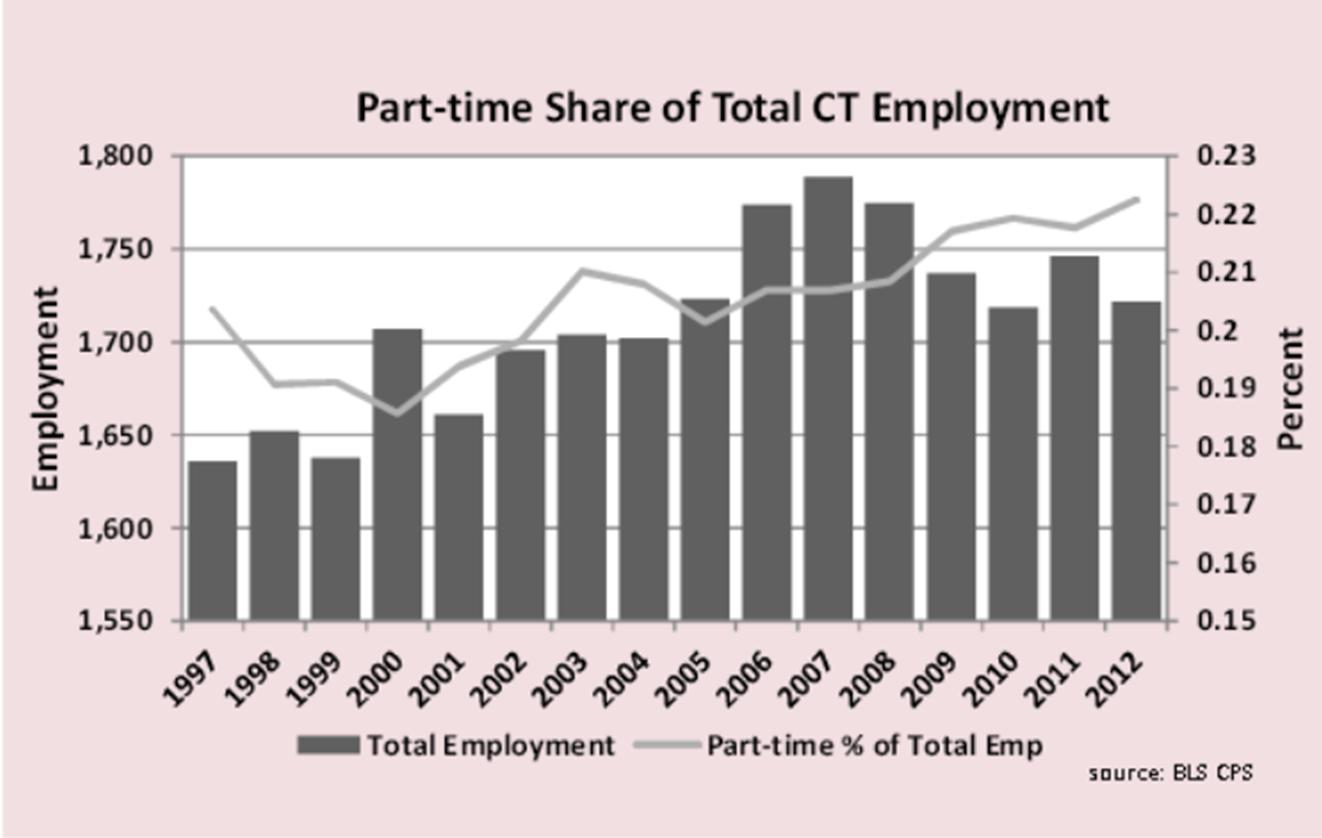 Connecticut’s part-time employment share of 22.2 percent is the lowest in New England but considerably greater than neighboring states in the tri-state area, which have employment shares respectively of 17.6 percent (New York) and 17.9 percent (New Jersey), the analysis by the state Department of Labor indicated.
Connecticut’s part-time employment share of 22.2 percent is the lowest in New England but considerably greater than neighboring states in the tri-state area, which have employment shares respectively of 17.6 percent (New York) and 17.9 percent (New Jersey), the analysis by the state Department of Labor indicated.
Part-time employment is all employment that amounts to less than 35 hours per week. Since 1997 it has averaged about 20 percent of total employment in Connecticut and fell to 18.6 percent in 2000, according to the CED, before climbing.
In recent years it has gradually trended upward and was 22.2 percent of employment in 2012, the most recent year of annual average dat a and the basis for the analysis. The breakdown of hours worked shows that Connecticut has less under 35 hours per week employment than other New England states but more than the Northeast region overall.
Part-time employment was 23.3% of all New England employment in 2012, higher than any other census division in the country. The other eight census divisions averaged 19.3% with the West- South Central division lowest at 16.4%.
a and the basis for the analysis. The breakdown of hours worked shows that Connecticut has less under 35 hours per week employment than other New England states but more than the Northeast region overall.
Part-time employment was 23.3% of all New England employment in 2012, higher than any other census division in the country. The other eight census divisions averaged 19.3% with the West- South Central division lowest at 16.4%.
While those choosing to work part time remain the bulk of part-time workers, the number of those working less than full time has grown since 2005 as more workers have their hours cut by employers or were unable to find full-time jobs during or after the recession. From 2009 to 2011, the number of workers who wanted full-time employment but could only find part-time jobs rose 37.5 percent to 33,000 from 24,000, Hartford Business Journal reported. 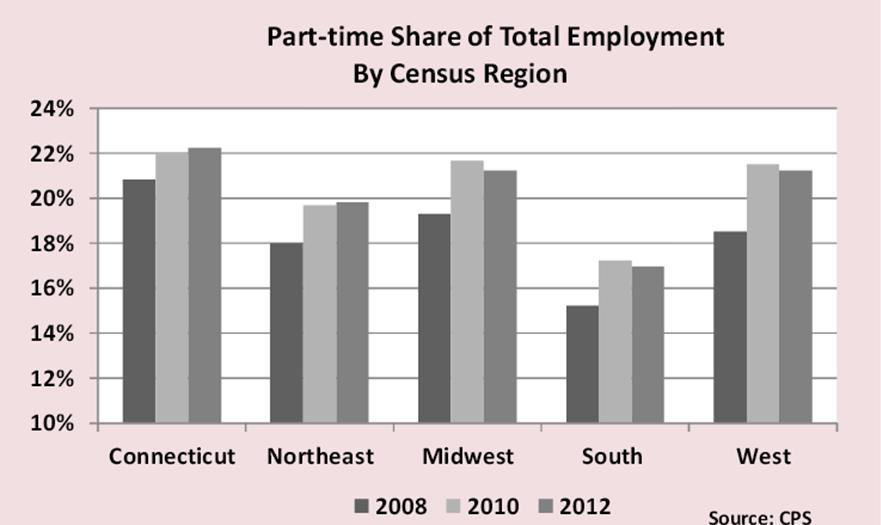
The report points out, however, that a majority of part-time employment in Connecticut is due to voluntary reasons, and not a result of prevailing economic conditions. In 2012, voluntary part-time employment in Connecticut was 76.4 percent of all part-time employment, in line with the 50-state average of 76.8 percent.
The industries with the lowest average weekly hours worked are leisure and hospitality, other services, and education and health services. In 2013, these industries averaged 25.8, 30.9, and 31.2 work hours per week, according to the Connecticut Economic Digest report issued in May.


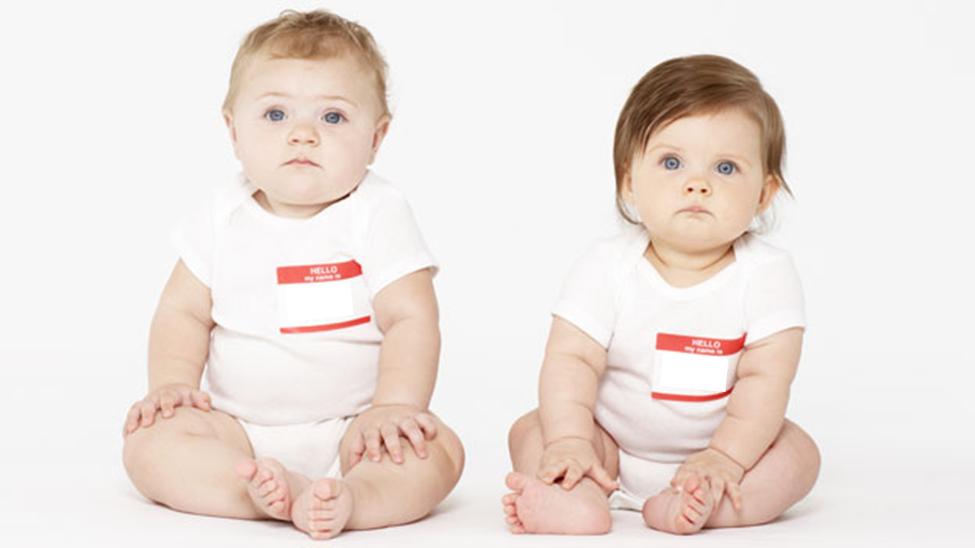 The top names by state differ from the top national names overall, where Sophia and Noah take the top spots. For the first time since 1960, a new name unseated Michael or Jacob as the most popular for newborn boys, according to the
The top names by state differ from the top national names overall, where Sophia and Noah take the top spots. For the first time since 1960, a new name unseated Michael or Jacob as the most popular for newborn boys, according to the 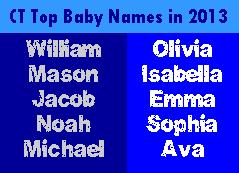
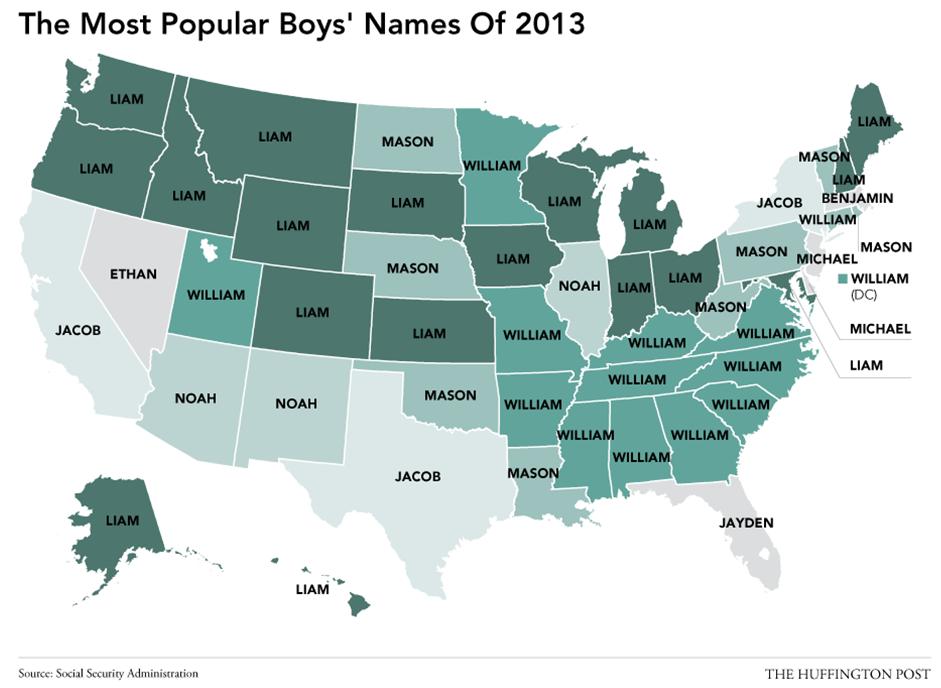
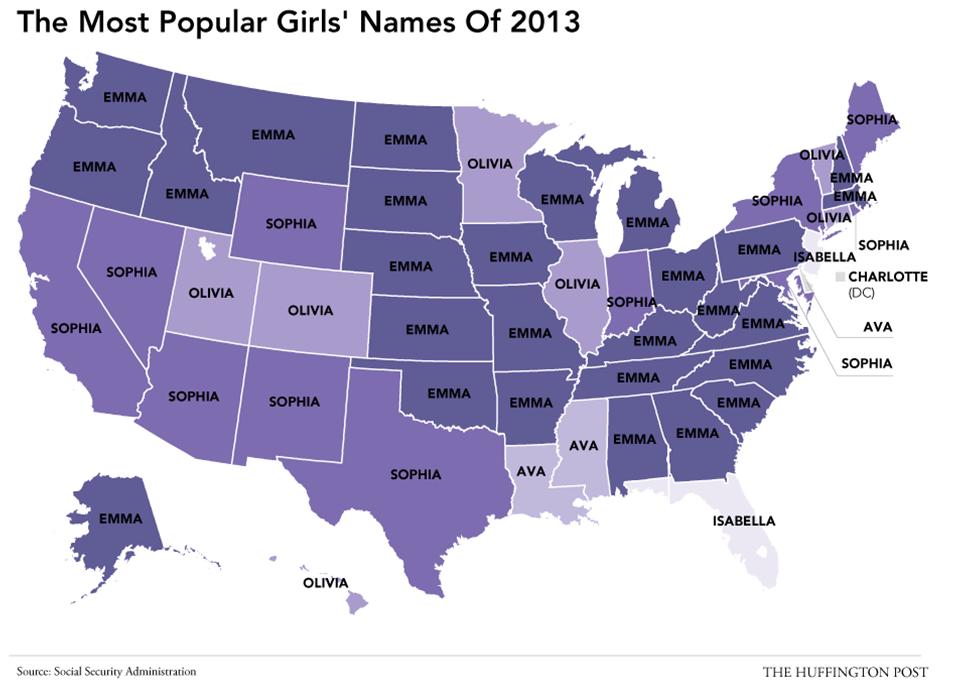
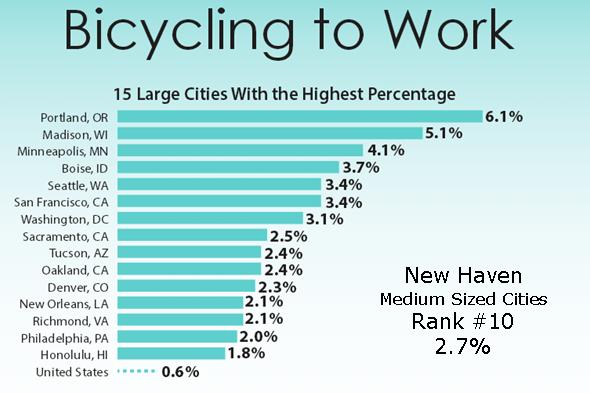 y bicycle remains low, according to the U.S. Census American Community Survey. In 1980, 0.5 percent of workers commuted by bicycle. This rate dropped to 0.4 percent in 1990, where it remained in 2000, before nudging upward in the latest survey.
y bicycle remains low, according to the U.S. Census American Community Survey. In 1980, 0.5 percent of workers commuted by bicycle. This rate dropped to 0.4 percent in 1990, where it remained in 2000, before nudging upward in the latest survey.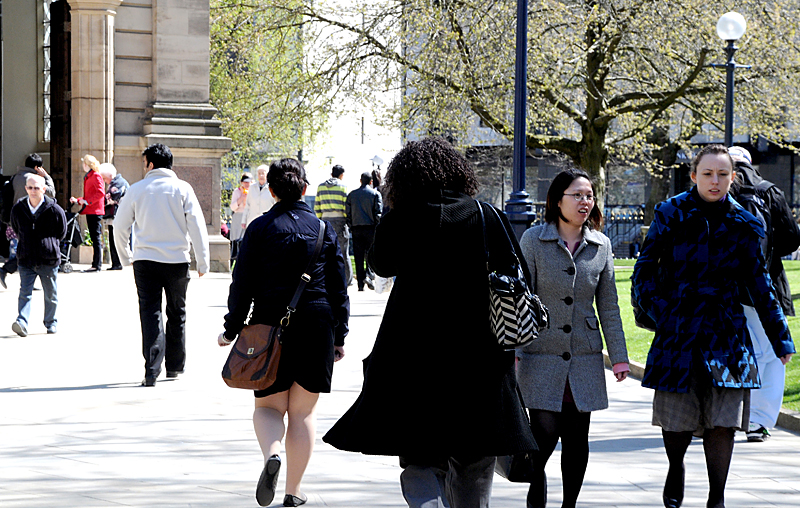 Among the nation’s medium sized-cities, (with p
Among the nation’s medium sized-cities, (with p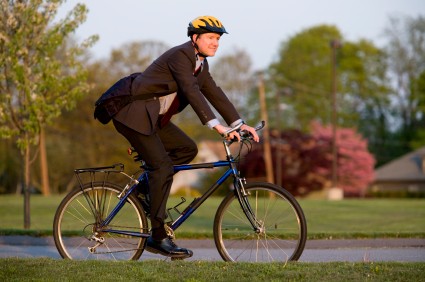 opulations between 100,000 and 199,999) New Haven ranks at #5 with 12.4 percent walking to work and at #10 with 2.7 percent of the population using bicycles to get to work. Hartford ranks at #10 among the top walk-to-work medium sized cities with 8.2 percent, and did not reach the top 15 in bicyclists.
opulations between 100,000 and 199,999) New Haven ranks at #5 with 12.4 percent walking to work and at #10 with 2.7 percent of the population using bicycles to get to work. Hartford ranks at #10 among the top walk-to-work medium sized cities with 8.2 percent, and did not reach the top 15 in bicyclists.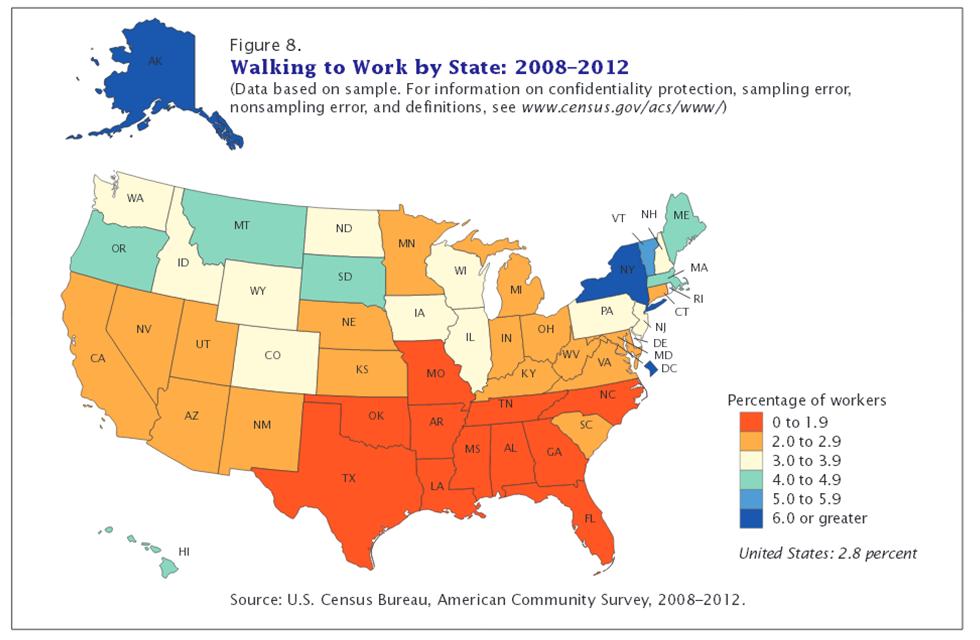 average commute to work in Connecticut is about 25 minutes, ranging from 28 minutes in Fairfield County, 27 minutes in Litchfield County, 26 minutes in Windham County, 25 minutes in Middlesex County and Tolland County, to 24 minutes in New Haven County, 23 minutes in New London County, and 22 minutes in Hartford County.
average commute to work in Connecticut is about 25 minutes, ranging from 28 minutes in Fairfield County, 27 minutes in Litchfield County, 26 minutes in Windham County, 25 minutes in Middlesex County and Tolland County, to 24 minutes in New Haven County, 23 minutes in New London County, and 22 minutes in Hartford County.

 percent of the total population, older adults over the age of 65 years old accounted for more than 28 percent of pedestrian fatalities between 2003 and 2010 and a pedestrian fatality rate of 2.76 in Connecticut. The worst state pedestrian fatality rates (per 100,000 persons aged 65 and older) are in Hawaii, California, New York, District of Columbia, Florida, Nevada, New Jersey Utah and Idaho.
percent of the total population, older adults over the age of 65 years old accounted for more than 28 percent of pedestrian fatalities between 2003 and 2010 and a pedestrian fatality rate of 2.76 in Connecticut. The worst state pedestrian fatality rates (per 100,000 persons aged 65 and older) are in Hawaii, California, New York, District of Columbia, Florida, Nevada, New Jersey Utah and Idaho.
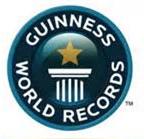 She has become the fastest in the world to complete the "GWR Hasbro Puzzle,” assembling the unique and challenging jigsaw puzzle at a rapid rate of 18 pieces per minute, completing the puzzle in 13 minutes and seven seconds. Her time beat the previous record of 13 minutes and 14 seconds.
She has become the fastest in the world to complete the "GWR Hasbro Puzzle,” assembling the unique and challenging jigsaw puzzle at a rapid rate of 18 pieces per minute, completing the puzzle in 13 minutes and seven seconds. Her time beat the previous record of 13 minutes and 14 seconds.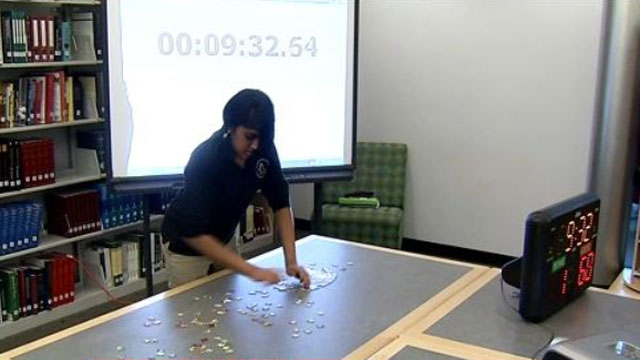 aw puzzle is an oval shape and has no guiding picture on the box. Most of the pieces are very similar in appearence.
aw puzzle is an oval shape and has no guiding picture on the box. Most of the pieces are very similar in appearence. zed Cities that were ranked, New Haven ranked #42 (up from #65 last year) and Bridgeport-Norwalk-Stamford
zed Cities that were ranked, New Haven ranked #42 (up from #65 last year) and Bridgeport-Norwalk-Stamford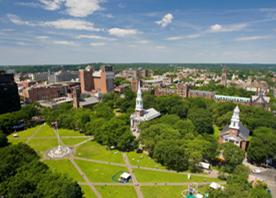 ranked at #58 (up from #85 last year) and saw the 10th largest advance among the medium sized cities.
ranked at #58 (up from #85 last year) and saw the 10th largest advance among the medium sized cities. Prior to ING, United Technologies had been the title sponsor, following Aetna in the lead role in the marathon's early years. The Hartford Marathon has served as an increasingly impactful economic stimulus to Greater Hartford, helping to fill hotel rooms, bars, restaurants, and other tourist attractions throughout the region. NU will be the new sponsor through at least 2016, officials said.
Prior to ING, United Technologies had been the title sponsor, following Aetna in the lead role in the marathon's early years. The Hartford Marathon has served as an increasingly impactful economic stimulus to Greater Hartford, helping to fill hotel rooms, bars, restaurants, and other tourist attractions throughout the region. NU will be the new sponsor through at least 2016, officials said.
 athon Foundation, Inc. is a nonprofit organization founded in 1994 to create and manage fitness events that inspire people to be healthy and fit. The Hartford Marathon Foundation organizes nearly 42 annual athletic events, including the Hartford Marathon, and 25 training programs.
athon Foundation, Inc. is a nonprofit organization founded in 1994 to create and manage fitness events that inspire people to be healthy and fit. The Hartford Marathon Foundation organizes nearly 42 annual athletic events, including the Hartford Marathon, and 25 training programs.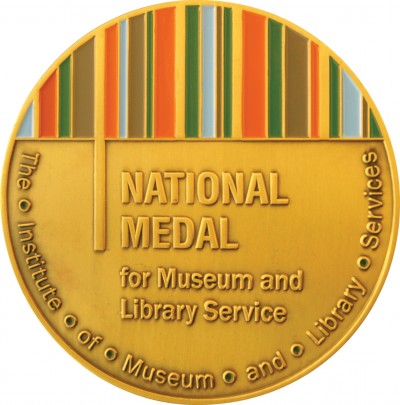 rnment with the mission to create strong libraries and museums that connect people with information and ideas, is celebrating its 20th year of saluting institutions that make a difference for individuals, families and communities.
rnment with the mission to create strong libraries and museums that connect people with information and ideas, is celebrating its 20th year of saluting institutions that make a difference for individuals, families and communities.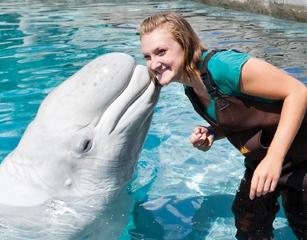
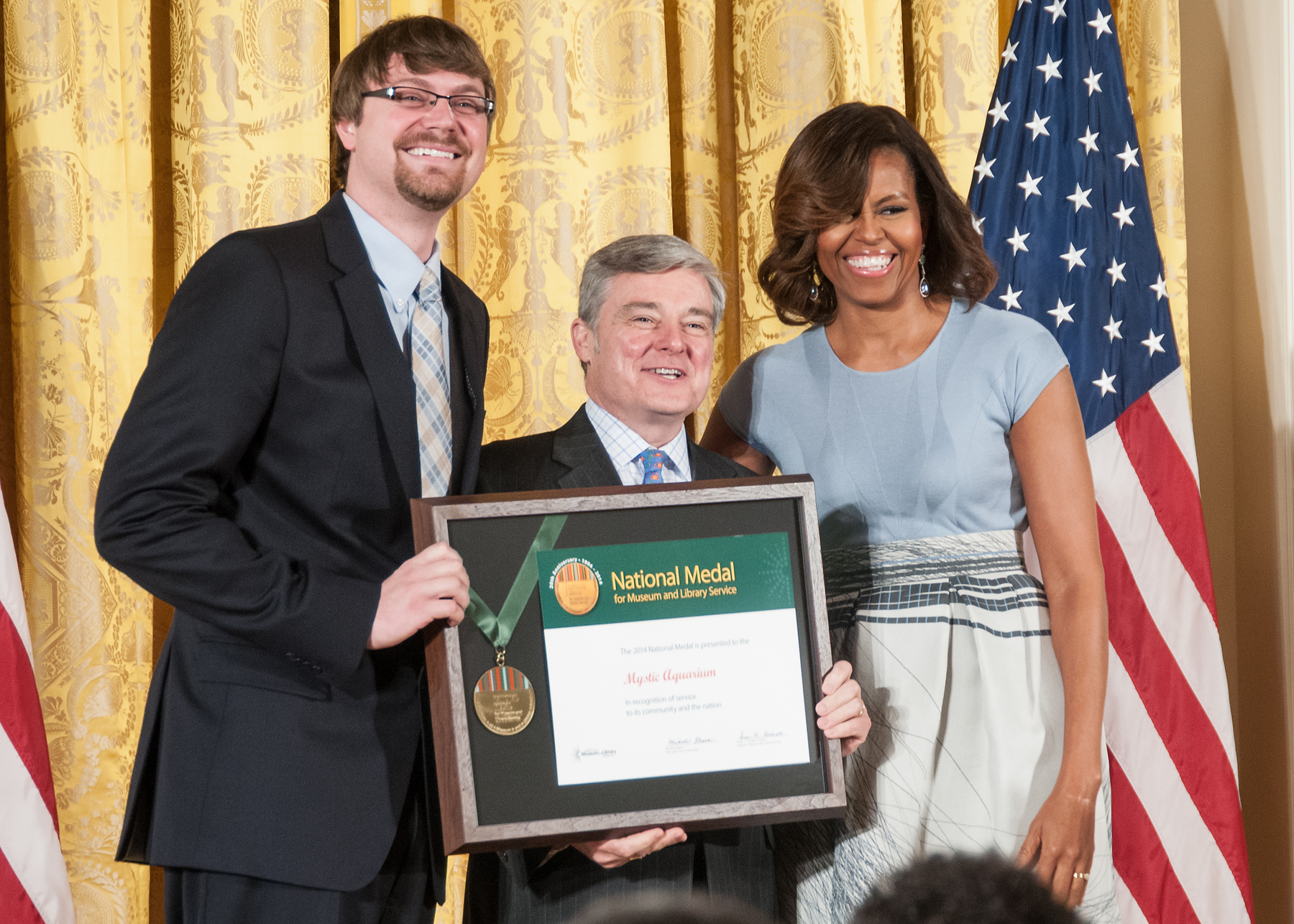 0 animals, including such species as beluga whales and the endangered African Penguin.
0 animals, including such species as beluga whales and the endangered African Penguin.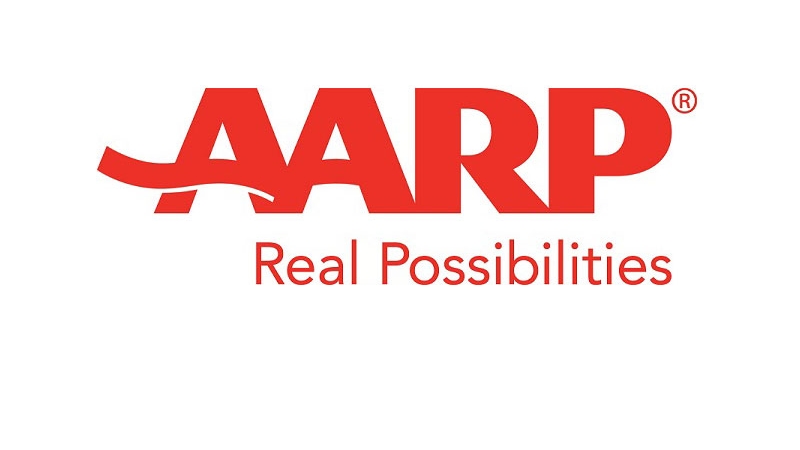 the top tier of states in the percentage of residents
the top tier of states in the percentage of residents  Fan interest in various Major League Baseball teams, based on Google searches, was recently released, highlighting the dominance of the New York Yankees and Boston Red Sox. They are searched for 3.8 and 3.7 times, respectively, more often than the league average, and more than 10 times as often as the least popular teams. The New York Mets placed sixth in the number of searches for the team worldwide.
Fan interest in various Major League Baseball teams, based on Google searches, was recently released, highlighting the dominance of the New York Yankees and Boston Red Sox. They are searched for 3.8 and 3.7 times, respectively, more often than the league average, and more than 10 times as often as the least popular teams. The New York Mets placed sixth in the number of searches for the team worldwide. book users “liked” each team in a ZIP code.
book users “liked” each team in a ZIP code.



























